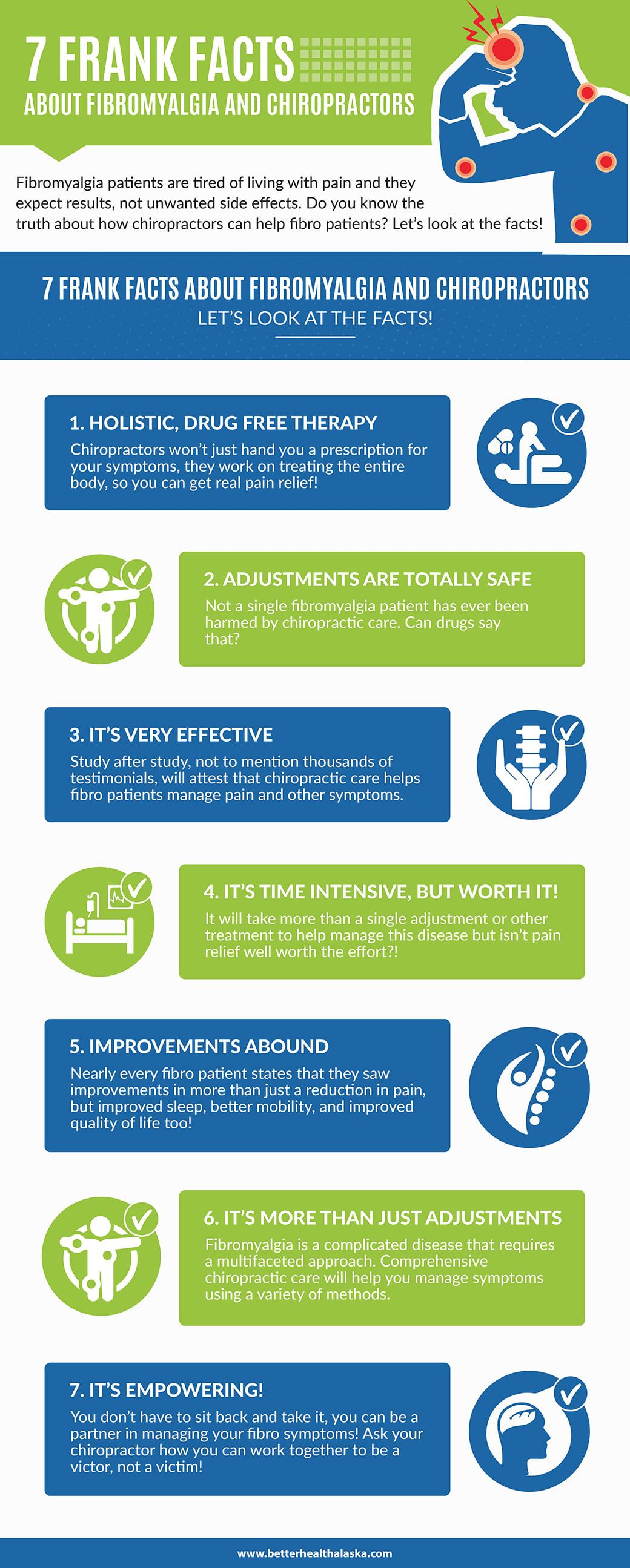The Top Daily Behavior That Add To Pain In The Back And Exactly How To Avoid Them
The Top Daily Behavior That Add To Pain In The Back And Exactly How To Avoid Them
Blog Article
Web Content Develop By-Cates Harper
Preserving correct position and staying clear of usual risks in day-to-day tasks can considerably influence your back health and wellness. From just how you rest at your desk to how you lift hefty objects, little adjustments can make a big distinction. Picture a day without the nagging back pain that prevents your every step; the remedy could be easier than you think. By making a few tweaks to your everyday behaviors, you could be on your method to a pain-free existence.
Poor Posture and Sedentary Lifestyle
Poor pose and a less active way of living are 2 major factors to pain in the back. When you slouch or inkling over while sitting or standing, you placed unnecessary strain on your back muscles and spine. why do i have back pain can result in muscular tissue inequalities, stress, and at some point, persistent back pain. Furthermore, sitting for extended periods without breaks or physical activity can weaken your back muscles and cause rigidity and pain.
To battle bad posture, make a mindful effort to rest and stand up right with your shoulders back and lined up with your ears. Bear in mind to maintain your feet level on the ground and stay clear of crossing your legs for prolonged periods.
Integrating regular stretching and reinforcing workouts into your daily routine can additionally assist improve your stance and alleviate pain in the back connected with a sedentary way of life.
Incorrect Lifting Techniques
Inappropriate lifting methods can significantly contribute to pain in the back and injuries. When you lift heavy items, remember to bend your knees and use your legs to raise, as opposed to relying on your back muscle mass. Avoid twisting your body while training and keep the item near to your body to lower strain on your back. sore back muscles to preserve a straight back and stay clear of rounding your shoulders while lifting to prevent unneeded stress on your back.
Constantly assess the weight of the object before lifting it. If it's as well hefty, request for aid or usage equipment like a dolly or cart to transfer it securely.
Remember to take breaks throughout raising tasks to offer your back muscular tissues an opportunity to relax and stop overexertion. By implementing appropriate lifting techniques, you can prevent back pain and decrease the risk of injuries, guaranteeing your back stays healthy and solid for the long term.
Lack of Normal Workout and Extending
An inactive lifestyle without routine workout and extending can significantly add to neck and back pain and discomfort. When you do not participate in physical activity, your muscles become weak and inflexible, resulting in inadequate pose and enhanced stress on your back. Routine exercise assists reinforce the muscle mass that support your back, boosting security and reducing the danger of pain in the back. Integrating extending right into your regimen can additionally enhance flexibility, stopping stiffness and pain in your back muscular tissues.
To avoid neck and back pain triggered by a lack of workout and stretching, go for a minimum of half an hour of modest exercise most days of the week. Include workouts that target your core muscle mass, as a solid core can help minimize pressure on your back.
Additionally, take breaks to extend and move throughout the day, particularly if you have a desk work. Simple stretches like touching your toes or doing shoulder rolls can aid eliminate tension and stop neck and back pain. Focusing on regular workout and stretching can go a long way in keeping a healthy and balanced back and decreasing discomfort.
Verdict
So, bear in mind to stay up directly, lift with your legs, and stay active to stop neck and back pain. By making easy adjustments to your daily routines, you can prevent the pain and restrictions that include neck and back pain. Take care of your spine and muscular tissues by practicing good pose, appropriate lifting techniques, and regular workout. Your back will thanks for it!
